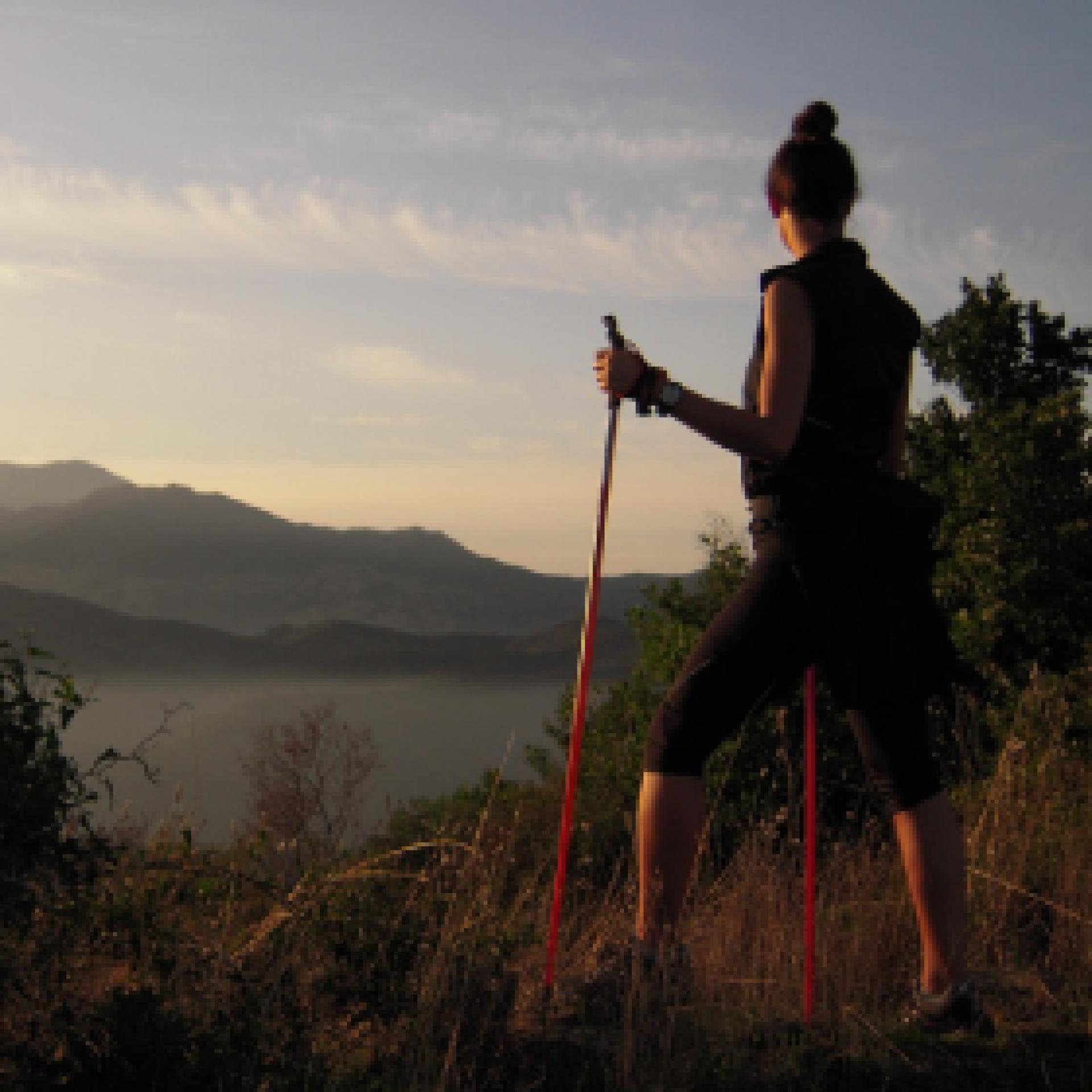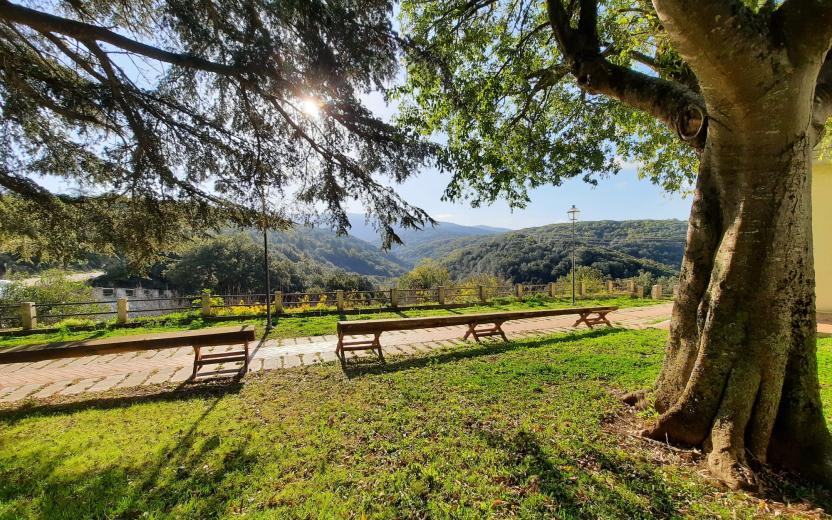Teti, Abini. Il santuario degli antichi Sardi
Accesso
Da Teti si prende la SP4 in discesa, in direzione del Lago di Cucchinadorza, uno dei tre grandi bacini utilizzati per la produzione di energia idroelettrica. Poco prima della diga, sulla sinistra della strada, si trova uno spiazzo dove è possibile posteggiare.
Il Taloro
Si ritorna indietro di poche decine di metri, imboccando una sterrata che si stacca in lieve discesa in direzione nordovest, superando un cancello sempre aperto.
La strada prosegue in discesa, tenendo sulla destra la gola del Fiume Taloro, interrotta a monte dallo sbarramento della diga di Cucchinadorza.
Ben presto si incontrano due cancelli affiancati: si prende quello a destra che non è mai sbarrato e serve a regimare il traffico del bestiame. Subito inizia una sterrata, inizialmente in buone condizioni, poi sempre più disastrata. Il percorso si inoltra nella gola del Taloro: il fiume, un tempo tempestoso e irruento, è spesso in secca a causa delle interruzioni delle dighe a monte, ma scorre ancora con fragore in inverno e primavera.
Abini
La strada piega leggermente ad ovest, sempre in vista del fiume. Si sale leggermente su un vasto costone, affiancati da bosco e macchia, poi si scende per stretti tornanti. La strada si porta poco più in alto di una azienda agricola: si ignora il primo bivio a sinistra e poi, in corrispondenza di un brusco tornante a destra che scende verso i caseggiati, si prende a sinistra per tracce meno evidenti (utile il GPS) riprendendo quasi subito una bella sterrata che si dirige verso l’agriturismo di Abini.
Si scende a lambire il Taloro e qui, in una vasta area prativa proprio sotto l’agriturismo, si incontrano le monumentali capanne di Abini. Il villaggio protosardo deve la sua fortuna al ritrovamento di celebri bronzetti, come il guerriero con due scudi e quattro occhi, uno dei più begli esempi di arte protosarda. La monumentalità degli edifici finora scavati suggerisce che si trattasse indubbiamente di un centro di grande importanza e stupisce incontrarlo in un luogo oggi così suggestivo ed isolato.
Dopo la visita al sito si ritorna per la strada percorsa, magari usufruendo dell’ospitalità del vicino agriturismo prima di rimettersi in cammino.
- Log in to post comments


